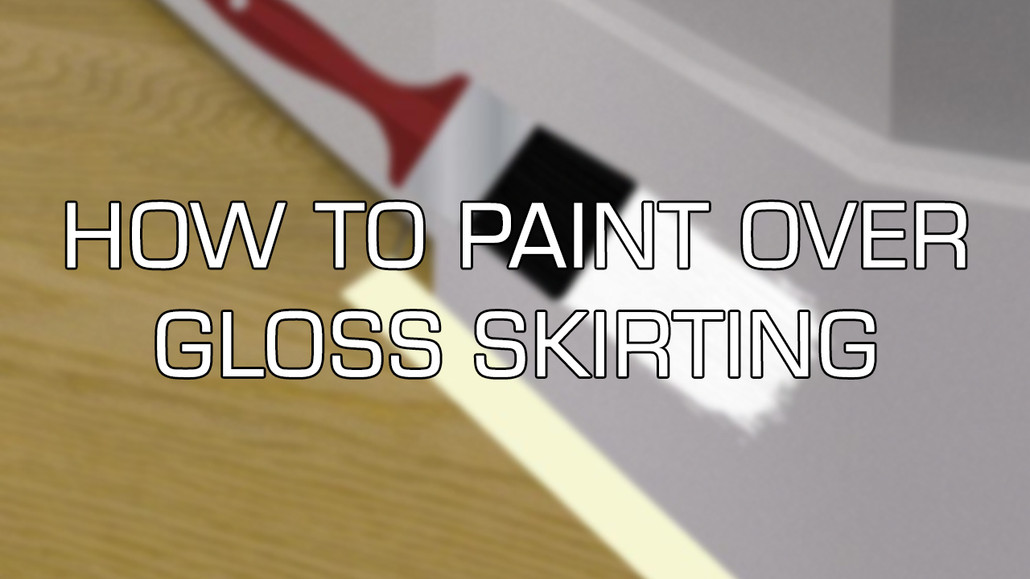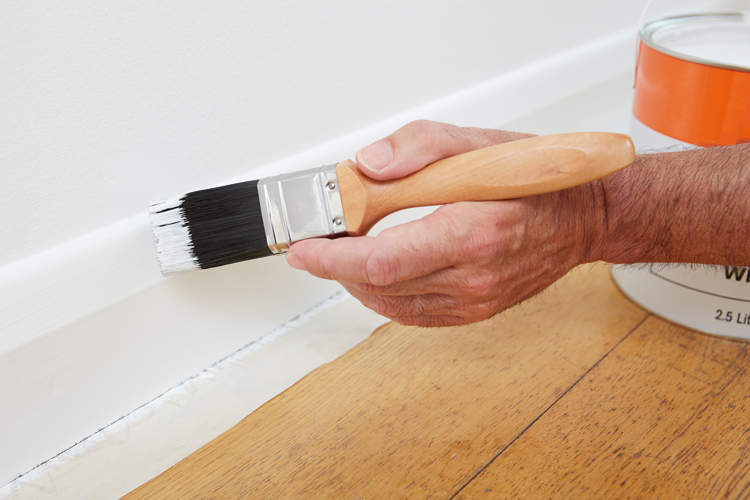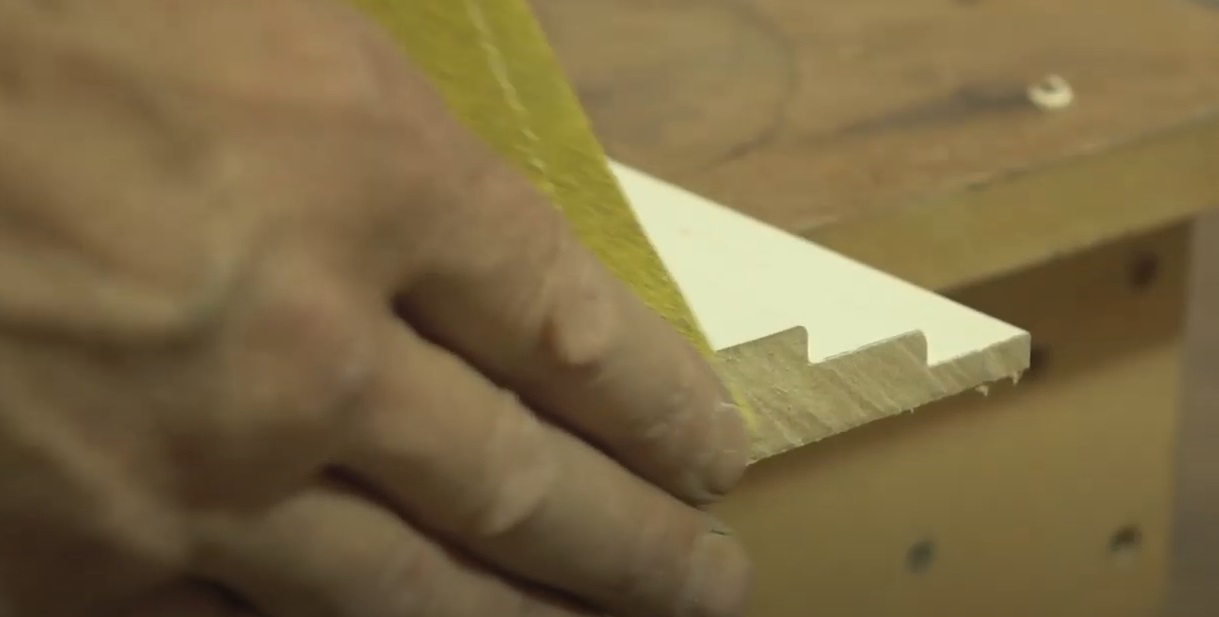
How To Paint Over Gloss Skirting Boards
Posted by Lee Watkinson on 26th Sep 2025
Gloss paint is the most common choice for skirting boards and other woodwork around the home. Because gloss can go yellow over time, it might be time for a fresh coat. Here's how to paint over gloss skirting properly.
The key is cleaning and sanding
If you want to paint over gloss skirting successfully, thoroughly clean and sand the surface first. Get this right and you'll have no problem adding a layer or two of fresh paint.
The cleaning and sanding preparation is what separates a professional-looking finish from paint that chips or peels after a few months. Whether you're using satin paint or gloss paint, making sure the underlying paint allows the new layer to grip, works for both.
Most paint failures happen because the surface wasn't prepared properly. Gloss is particularly smooth, so new paint needs help to grip onto it.
Step-by-step guide

Clean the surface thoroughly
A damp cloth or rag will handle most dirt and grime. Make sure you get into all the grooves and detail on the skirting board profile.
Grease can be present in kitchens and is tougher to remove, so take extra care in these areas. For stubborn stains, use a little sugar soap to break down the residue.
Allow the skirting to dry completely before moving on.
Sand the surface lightly
Now that your skirting is clean, the new paint needs a surface it can grip onto properly.
You're not trying to strip back layers of old paint. All you need is to roughen the very top layer slightly, creating a smooth and uniform surface for the new paint.
A good rule of thumb is to sand the gloss paint until it loses its shine.
Use 120 grit sandpaper - it's strong enough to key the surface without leaving deep scratches. When sanding corners or edges, work more gently as paint comes off these areas much quicker.

Clean away the sanding dust
After sanding, you'll have created dust that needs removing before painting. A damp cloth works well for this.
This is also a good time to vacuum any dust from the carpet or floor. Removing dust now prevents it from sticking to wet paint later.
Apply masking tape
This step makes the difference between neat, professional lines and paint where it shouldn't be.
Mask off the area directly above and below the skirting board - typically the wall and flooring or carpet. Take time to press the tape edges down firmly to prevent paint bleeding underneath.
Apply the new paint
With proper preparation done, painting the skirting board should go smoothly.
Apply paint sparingly to your brush - you're covering a small surface area, so less is more. This helps prevent runs and drips.
Use horizontal strokes and brush out any drips or runs as they form. Two coats usually give the best coverage and durability.
Timing between coats
Gloss paint takes longer to dry than other finishes, so you'll need to wait between coats. The exact time depends on temperature and humidity, but it's usually several hours.
If you're using a water based paint, you may find that the section you started on is dry once you've completed the first coat around the room. This makes water-based paints quicker to complete.
Job done
That's it - you've cleaned and painted your way to a fresh gloss finish on your skirting boards. The key was taking time with the preparation stages.
All that's left now is to remove the masking tape while the paint is still slightly wet, and admire your handiwork.







